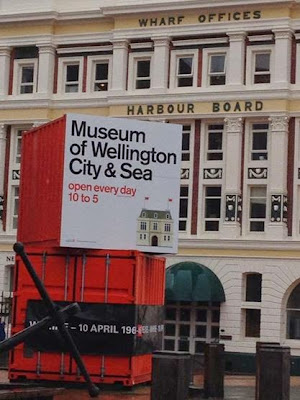2014 Toyota Vios 1.3 E MT
Widening the Gap
Text by Inigo S. Roces / Photos: Inigo S. Roces
posted April 25, 2014 20:23
Read more: http://www.autoindustriya.com/car-reviews/2014-toyota-vios-13-e-at.html#ixzz38XBwzWUc
Under Creative Commons License: Attribution Non-Commercial Share Alike
Follow us: @autoindustriya on Twitter | AutoIndustriya on Facebook
 |
| Photo fron Chester Cabalza |
Easily the country’s best-selling car, the Vios has served as the subcompact sedan benchmark for a decade now. Its size, price and proven reliability have made it the darling of corporate fleets and taxi companies while families have embraced it as family sedan. Despite its age, demand for the vehicle hardly seemed to slow, yet like all good things, time had come for a much needed change.
By July, Toyota Motor Philippines had unveiled the all-new Vios – sporting a completely new platform and body for the first time since its arrival, but still lovingly assembled by Team Members at the Toyota plant in Santa Rosa Laguna.
The new Vios is now a very common sight on today’s roads. The timely full-model change has helped it move away from its formerly conservative design with a more progressive style. The futuristic front façade sports a gaping lower intake and slats the run right into the headlamps. A subtle shoulder runs along the side while wrap-around tail lights stretch to the sides like wings.
Underneath, some clever re-engineering has made the family car become an even more stable and better handling vehicle. It’s quieter too and of course, far more spacious than its predecessor.
Inside, it hardly feels like a subcompact class vehicle at all. Though still made of plastic, much of the dashboard emulates the leather wrapped look from more premium brands. There’s even faux stitching on the edges.
The instrument cluster has thankfully been returned to the driver’s side. Optitron gauges are clearly visible no matter what time of day. The three spoke wheel just ahead of it houses stereo remote controls on the right (standard even in this mid-spec level 1.3 E manual). Over in the center, the stereo sits high on the dash with vents just below it. The climate is still controlled by knobs, but feel sturdy and firm with each click.
The seats are fabric, but are contoured better to keep the driver comfortable on long drives. The same can be said of the back seats with a fair amount of leg room and a new flatter floor.
Powering this particular Vios is a 1.3 liter inline 4-cylinder, producing 86 PS of power and 122 Newton-meters of torque. It’s paired to a 5-speed manual that drives the front wheels.
Despite being a mid-spec 1.3 E, this Vios is fairly well equipped with all power windows, locks and steering, alloy wheels, a modern audio system that is iPod compatible and steering wheel controls. The chrome trim, turn signal repeaters and disc brakes at the back (all equipped in the 1.5 G) will hardly be missed.
Despite carrying over the engine from the previous model, the new Vios feels more sprightly when accelerating. Much of this is due to the close ratio manual transmission that gives the car a lot of torque early on and lets the driver shift up sooner. This makes for high fuel economy in the city, particularly when traffic typically travels at just 20-40 km/h. But unfortunately results to poor highway economy at higher cruising speeds.
The Vios returns a comfortable ride, soaking up bumps well and is now more quiet on the road. Despite its hefty look, the car still feels remarkably light, making it easy to maneuver round sharp bends and gaps in traffic. At higher speeds, the Vios is also more fun to drive, feeling very stable be it on highways or on long sweepers. Sudden emergency lane changes are met with remarkable stability. Long sweepers are also taken with better aplomb.
The Vios is clearly a city car and some of the compromises become more apparent in the highway. First off, the car’s light weight and shape can make it particularly vulnerable to crosswinds and wakes of larger vehicles passing by. The close ratio transmission makes it much less efficient at higher speeds, revving at a high 3,000 rpm when cruising at 100 km/h. Finally, there’s much more noise that penetrates the cabin at higher speeds.
Despite the few complaints, the Vios 1.3 E manual still comes out as a tempting proposition at P727,000. The exterior design, premium-feeling interior and good package of features will be more than enough to meet daily driving needs, especially in the city. It’s sprightly, agile, but still large enough to easily accommodate a family. It will easily return 10 km/L in the city (moderate to heavy traffic with 1 passenger), but a much lower 8 km/L in the highway (with moderate traffic and 1 passenger). The improvements will certainly make Toyota fans lean towards the Vios once again, and possibly win a few more new customers over to the brand.














































